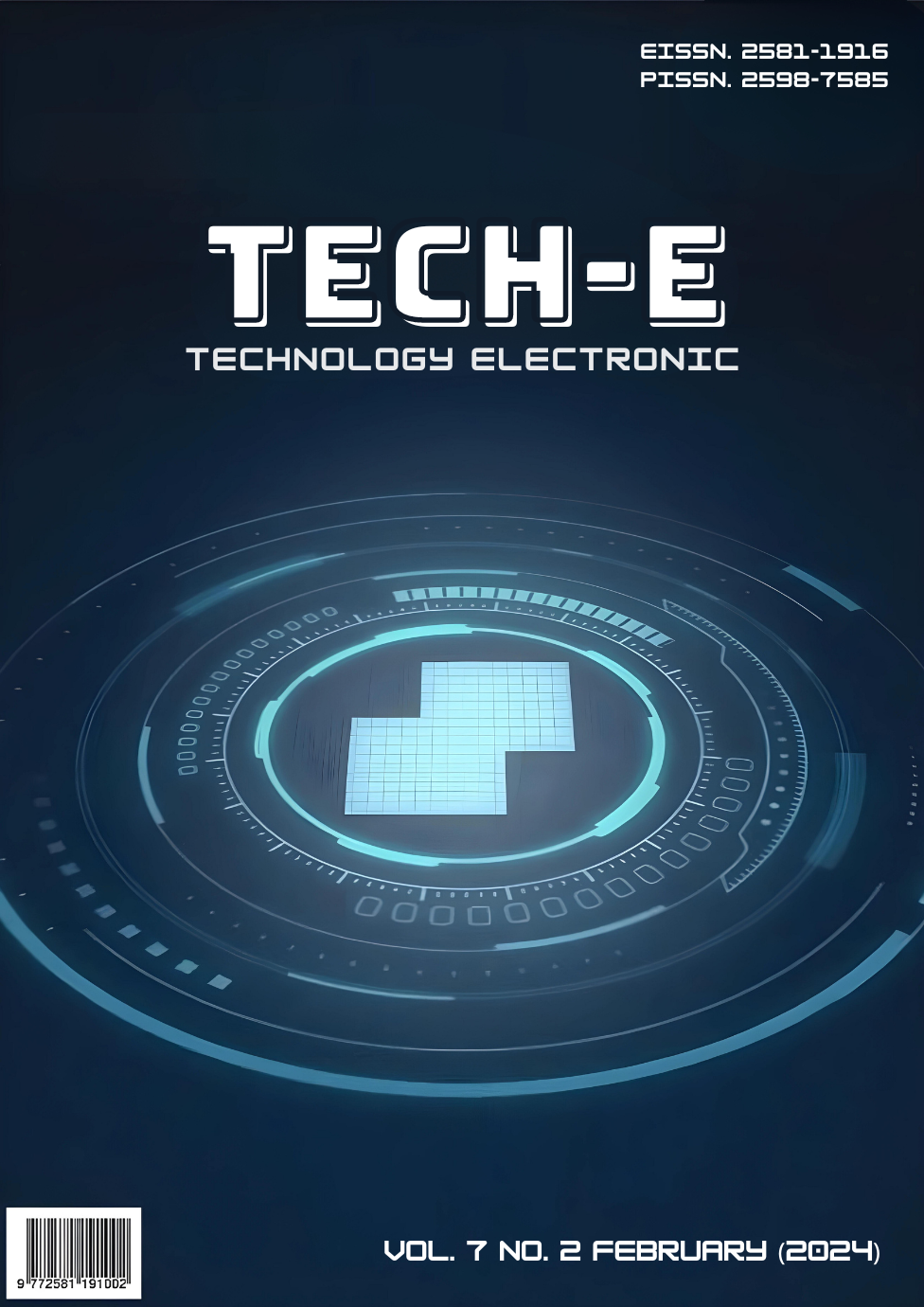Designing Smart Home Prototype Using IoT Based ESP32 Microcontroller and Telegram
Main Article Content
Abstract
Smarthome is a combination of internet of things (IoT). The use of a smarthome controlled using telegram functions to provide better comfort, provide efficiency in activities and save on electrical energy use. That way, there will be no more forgetting to turn off the AC or turning on or off the lights, watering house plants and forgetting to lock the door because by using a Smarthome device at home or in an office building, electrical equipment will be drained. able to work automatically according to user needs. Users can also control electrical devices indoors and outdoors using communication channels such as via the internet network. The aim of creating this smarthome is to provide better comfort, make it easier to control home electronic devices so that activities become more efficient. The development model used in this research is design to look for research that is similar to the tools that will be used then analysis to study things related to the research after that design to make a miniature room as clear as possible and implementation aims to examine and find out each whether each system is functioning as desired or whether an error has occurred. Based on the results of system testing, it can be concluded that the tool can work as expected.
Downloads
Article Details

This work is licensed under a Creative Commons Attribution-NonCommercial-NoDerivatives 4.0 International License.
The Authors submitting a manuscript do so on the understanding that if accepted for publication, copyright of the article shall be assigned to journal Tech-E, Universitas Buddhi Dharma as publisher of the journal.
Copyright encompasses exclusive rights to reproduce and deliver the article in all form and media, including reprints, photographs, microfilms and any other similar reproductions, as well as translations. The reproduction of any part of this journal, its storage in databases and its transmission by any form or media, such as electronic, electrostatic and mechanical copies, photocopies, recordings, magnetic media, etc. , will be allowed only with a written permission from journal Tech-E.
journal Tech-E, the Editors and the Advisory Editorial Board make every effort to ensure that no wrong or misleading data, opinions or statements be published in the journal. In any way, the contents of the articles and advertisements published in the journal Tech-E, Universitas Buddhi Dharma are sole and exclusive responsibility of their respective authors and advertisers.
 Abstract views: 266
/
Abstract views: 266
/  PDF downloads: 217
PDF downloads: 217

